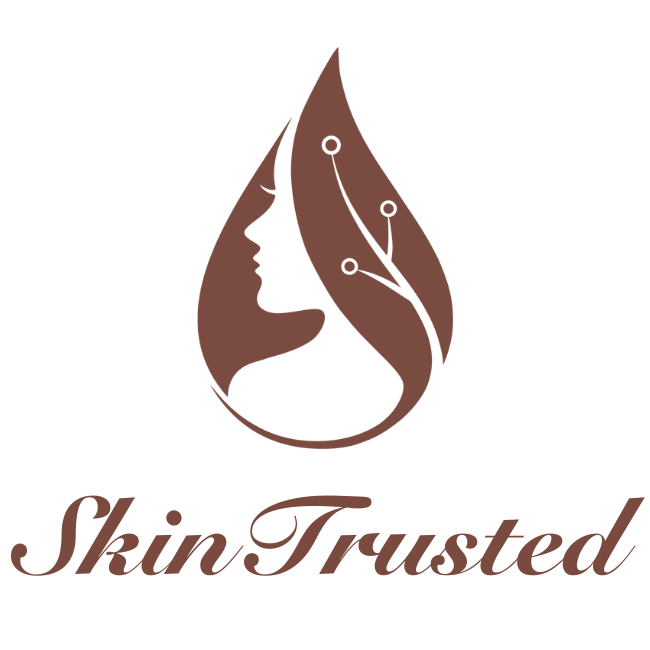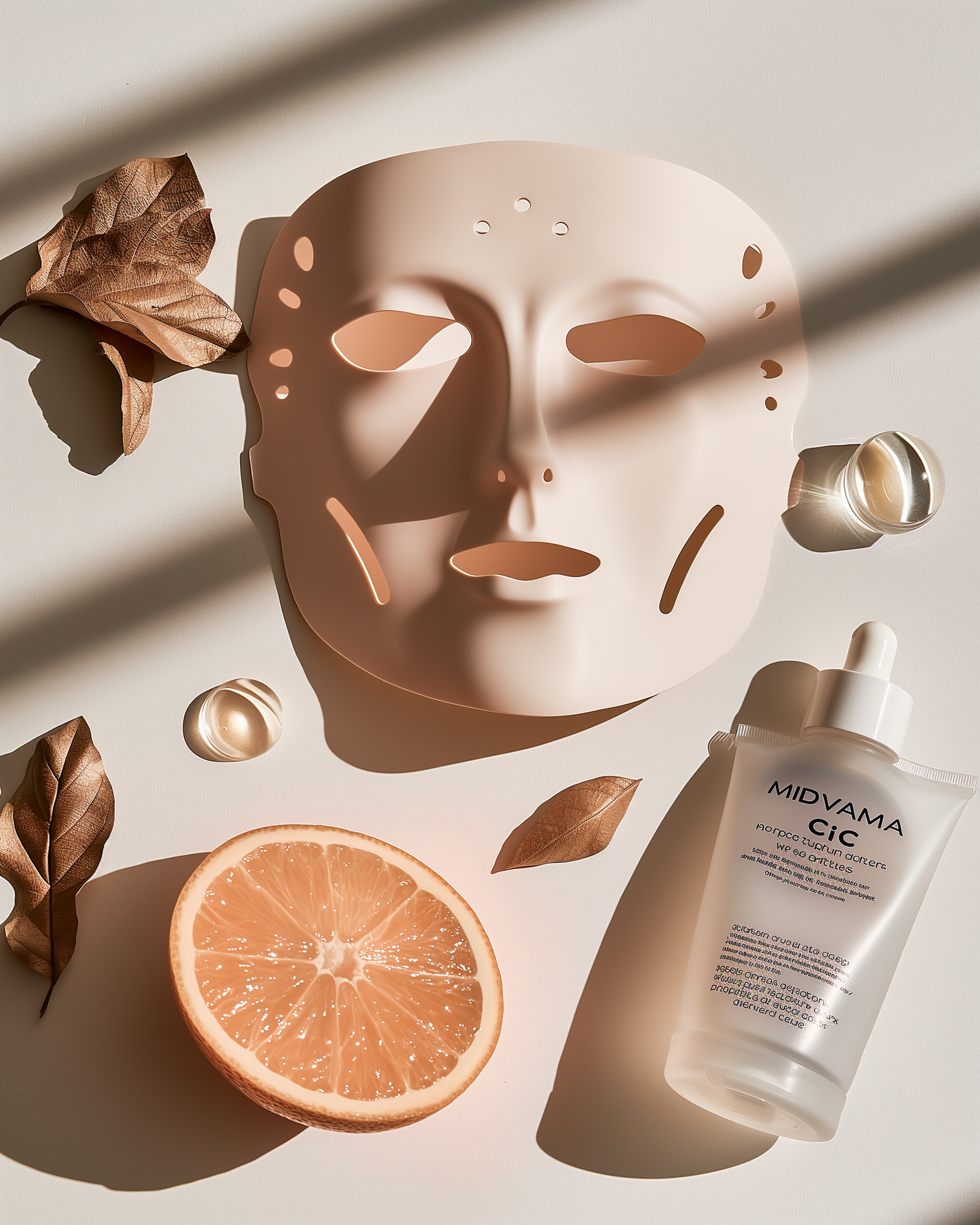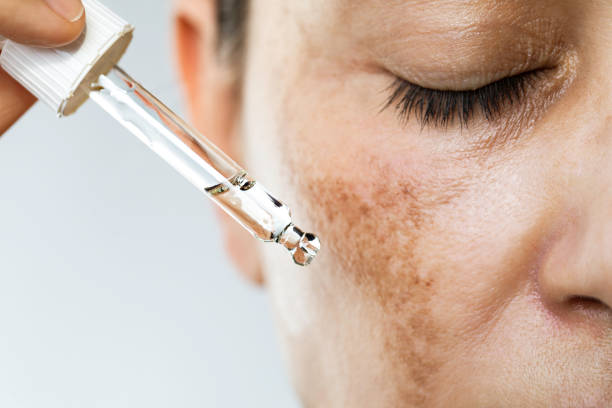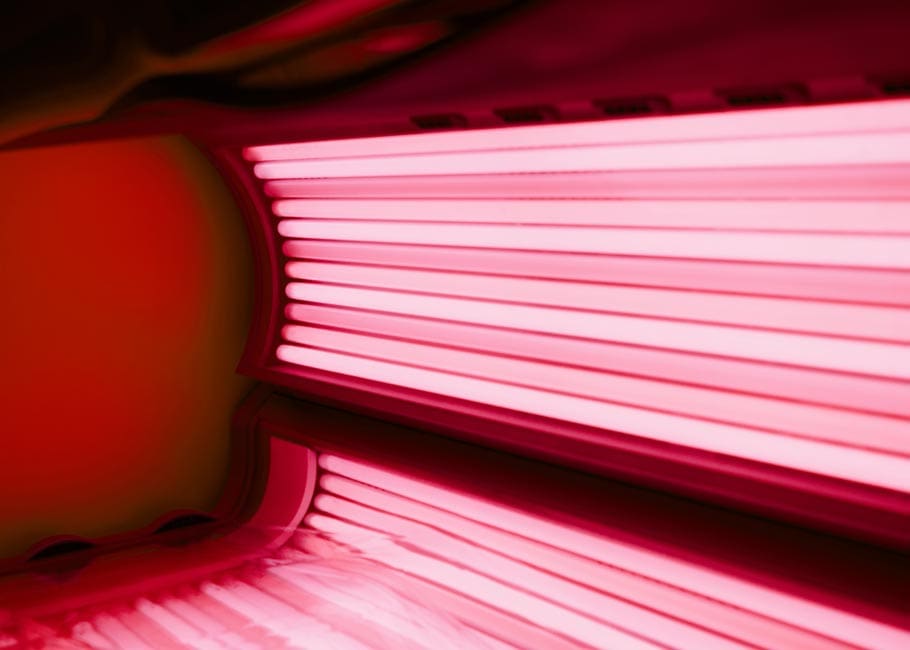- Dull Skin
- Skin Aging
- Photoaging
- Seborrheic skin
- Acne
- Skin Texture
- Fine wrinkles
- Acne scars
- Melasma
- Enlarged or clogged pores
PRICE RANGE: $50-$300 depending upon location and devices used; $50-$1,500 for at home units.
AVERAGE DOWNTIME: There is no downtime. However, some redness can occur which typically resolves within a few hours. Some flaking of the skin is also possible.
MICRODERMABRASION OVERVIEW
WHAT IS MICRODERMABRASION ? A professional microdermabrasion treatment effectively removes the top layers of dead skin cells, temporarily eliminating the skin's protective barrier. There are two primary types of microdermabrasion systems: crystal and diamond-head.
The crystal system propels fine crystals, such as aluminum oxide, sodium chloride, or magnesium oxide, onto the skin. The intensity of this crystal flow can be adjusted for varying exfoliation levels, while a suction mechanism simultaneously removes the crystals and dislodged skin debris.
In contrast, the diamond-head system uses a wand tipped with diamond-encrusted “shards” to physically exfoliate the skin by "sanding" away dead skin layers. Suction is also employed in this method to clear away the loosened debris.
Both systems enhance blood flow, nourishing the epidermis through diffusion from capillaries in the dermis. This increased circulation supports collagen production, particularly at the dermal-epidermal junction, resulting in a smoother, more radiant, and youthful appearance.
Microdermabrasion can make the skin more prone to epidermal water loss (TEWL) due to the removal of the skin's outer protective layer. Proper hydration is crucial both before and after treatment to support skin recovery and maintain optimal moisture balance.
- Pre-Treatment Hydration: Staying well-hydrated for at least 24 hours before the procedure ensures the skin is better prepared to handle the exfoliation process.
- Post-Treatment Hydration: Drinking plenty of water and using hydrating skincare products for at least 48 hours after the treatment aids in the skin's repair process and reduces dryness or irritation.
Although microdermabrasion doesn’t cut or break the skin, it is still considered a controlled form of skin wounding, and hydration plays a critical role in supporting the natural healing process and minimizing potential side effects like dryness or sensitivity.
MICRODERMABRASION FAQS
Does microdermabrasion get rid of blackheads?
Microdermabrasion effectively targets blackheads by exfoliating the skin and using suction to remove loosened debris from pores. Crystal systems spray fine particles onto the skin, while diamond-tip devices gently abrade the surface. Both methods disrupt blackhead material and allow easier extraction, leaving the skin smoother and clearer. Regular treatments can prevent pore congestion and reduce future blackhead formation.
Does microdermabrasion hurt?
Microdermabrasion is generally not painful, with most patients describing the sensation as similar to a cat's tongue gently scraping the skin. Mild discomfort may occur, but if the skin is already compromised or overly thinned from previous treatments, the procedure can become more uncomfortable and should be stopped. Open communication with the provider about any pain or discomfort is essential to ensure a safe and effective treatment experience..
Who is a good candidate for microdermabrasion?
Microdermabrasion is suitable for many skin types and is considered safe during pregnancy, unlike some other exfoliation methods. However, it’s not recommended for very sensitive skin, individuals prone to redness or vascular conditions like rosacea, or those with active skin lesions to prevent infection spread. In rare cases, darker skin tones may experience post-inflammatory hyperpigmentation due to the skin's response to treatment. Always consult with a qualified professional to determine if microdermabrasion is the right choice for your skin type and condition.
Can I use vitamin C after microdermabrasion?
Vitamin C plays a crucial role in skin renewal and provides strong antioxidant support. However, potent forms like ascorbic acid, which function best at a low pH of around 3.5, can irritate freshly exfoliated skin after microdermabrasion. It’s generally advised to avoid using vitamin C for the first 48 hours post-treatment to prevent irritation. After this period, resuming regular vitamin C application supports skin healing and recovery. For personalized advice, it’s best to follow recommendations from your skincare professional.
For optimal results, consider incorporating the Skin Trusted LED Beauty Mask into your routine. The mask’s targeted wavelengths can further support skin rejuvenation, promoting collagen production and enhancing the effects of vitamin C and microdermabrasion. Use the mask as directed, following with these active ingredients to maximize absorption and improve overall skin clarity and radiance.
Can I use retinol after microdermabrasion?
After a mild to moderate microdermabrasion treatment, most individuals can safely reintroduce retinol products within 2-3 days without complications. However, after a more aggressive session, it’s better to focus on consuming vitamin A-rich foods like fish, carrots, broccoli, and squash during the initial 48 hours. Following this, gentler vitamin A esters—such as retinyl palmitate, retinyl acetate, retinyl propionate, or retinyl linoleate—can be introduced, as they lack the exfoliating intensity of retinol. Once the skin has adjusted, regular retinol use can resume. Those with well-conditioned skin may tolerate retinol even 48 hours post-treatment without issues. Consulting a skincare professional for personalized advice remains the best approach.
How many layers of skin does microdermabrasion remove?
Microdermabrasion primarily targets the stratum corneum, the outermost layer of the epidermis, which consists of 10-30 layers of dead skin cells depending on age, health, and skincare habits. The treatment can be adjusted by increasing the number of passes or, in crystal microdermabrasion, modifying the intensity of the crystal stream. Skin thickness also varies by area; for example, the upper lip has thicker skin, while the eye area is the most delicate. Proper adjustment ensures effective exfoliation without causing damage.
How can I prepare my skin for microdermabrasion?
For optimal results and to prevent complications, it’s important to prepare the skin properly before a microdermabrasion treatment. Patients should avoid retinoids, exfoliants, shaving, waxing, or other procedures that thin the skin for at least one week prior. Excessive sun exposure should also be avoided in the weeks leading up to treatment. Additionally, refraining from smoking for about a week can improve blood flow and support better healing outcomes. As always, consulting a trusted skincare professional for personalized pre- and post-care instructions is recommended.
How often can microdermabrasion be done?
Microdermabrasion can typically be performed every 2 to 8 weeks, depending on the skin's renewal rate. For more intense treatment protocols, weekly sessions may be recommended for 4-6 weeks to achieve optimal results. While at-home devices are less aggressive, they should only be used on healthy skin, no more than once a week. The frequency of professional treatments may also be adjusted based on individual skincare regimens, especially for those using retinoids, which may necessitate longer intervals between treatments or even eliminate the need for microdermabrasion altogether.
*Always consult your physician before undergoing any procedure
**Follow all product use instructions and warnings
***If irritation occurs, discontinue use; if irritation persists, consult your physician



